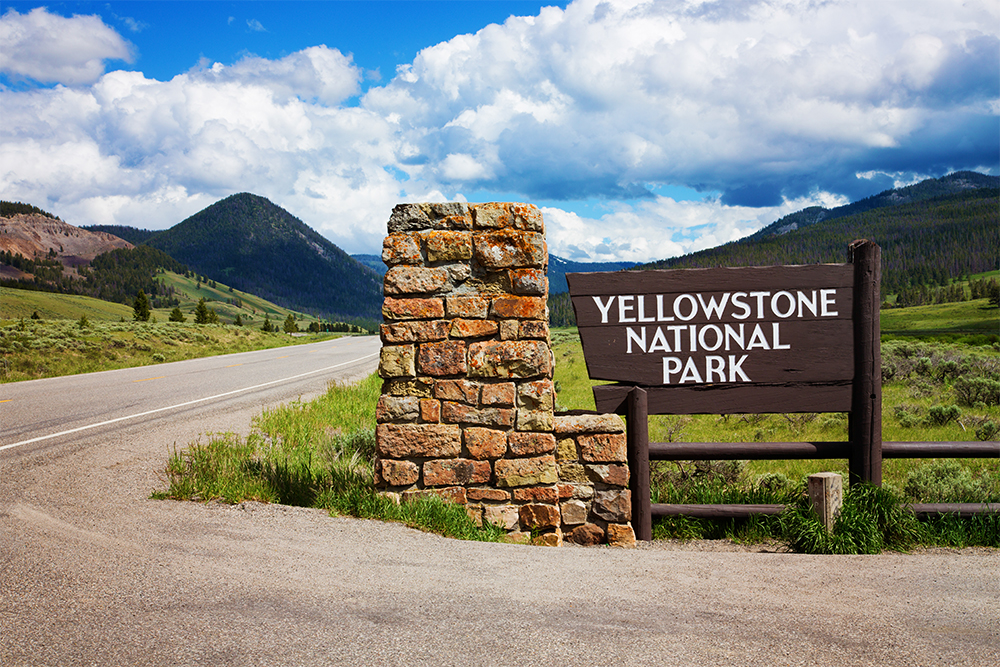
History of
The National Park Service
A Parks Pioneer
Years before the National Park Service was established, President Ulysses S. Grant and Congress signed into law in 1872 the very first national park recognized in America—Yellowstone National Park—and it has remained one of the country’s most popular places to visit.
The tradition continued with the help of conservationist president Theodore Roosevelt, who envisioned the United States as a place for people to immerse themselves in nature and experience the beautiful wonders and the varied ecosystems America has to offer.
 Yellowstone National Park entrance.
Yellowstone National Park entrance.
Though hundreds of parks have been established since that day, Yellowstone remains a testament to the importance of protecting America’s natural beauty—and sparked the movement that is responsible for keeping this beauty protected.
Wilson's Vision
When the ability to care for the parks grew larger than the jurisdiction of the secretary of the interior, president Woodrow Wilson decided to dedicate an entire department to the job. In 1916, Wilson signed the act that brought the National Park Service to fruition, and, since then, the NPS has been holding true to its mission of conserving historical, national, and natural wonders that are special to America.
The goal that Wilson had in mind was to keep these wonders around, not only for the current generation but also for future generations—an objective of particular importance for a country just starting to recognize the necessity of preservation.
 Crater Lake National Park, Oregon.
Crater Lake National Park, Oregon.
Today, the NPS grounds hold nearly 250 endangered and threatened species of plants and animals, 27,000 historic sites, and some of the most spectacular natural wonders in the country, like the highest peak (Mount Denali, Alaska) and the deepest lake (Crater Lake, Oregon).
The National Park Service Foundation, a nonprofit associated with the department, is also an essential player in raising awareness for the work that the NPS has done and continues to do, ensuring that all Americans are able to enjoy these parks in the years to come.
Next, meet your national parks

Posted in Article, Issue 84 Vol 1 on May 09, 2017